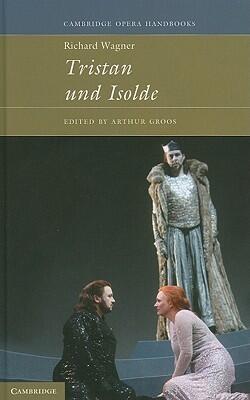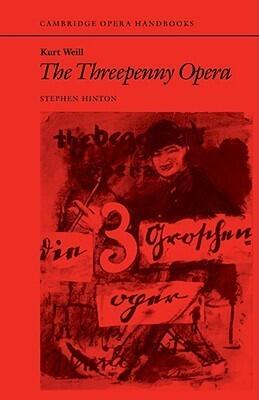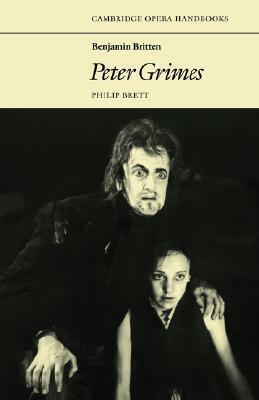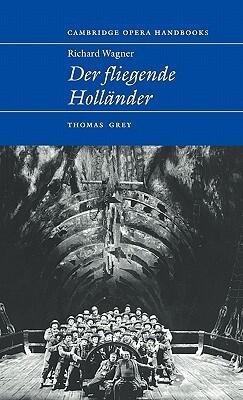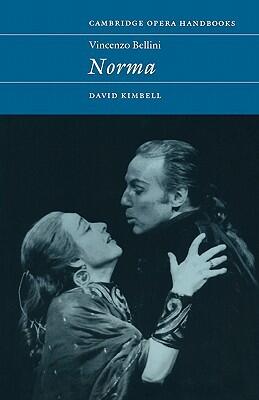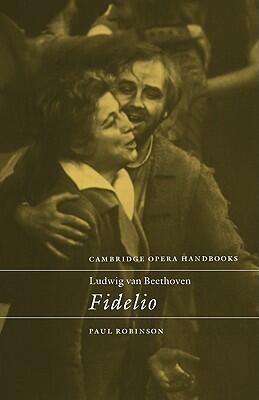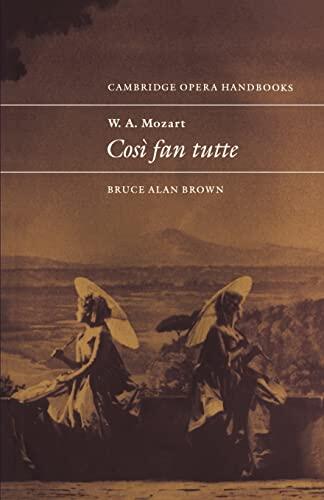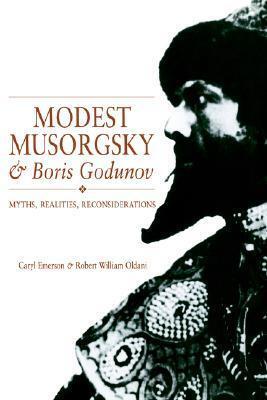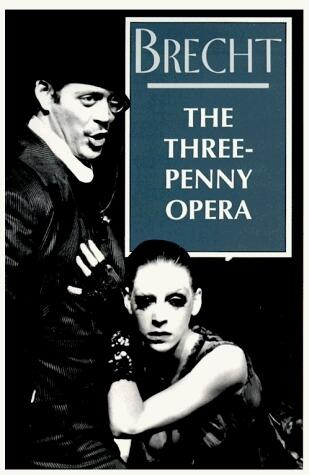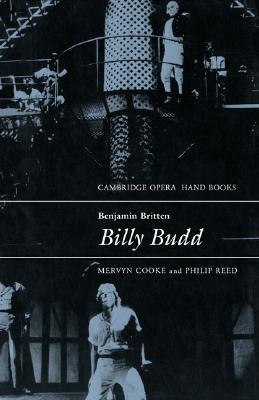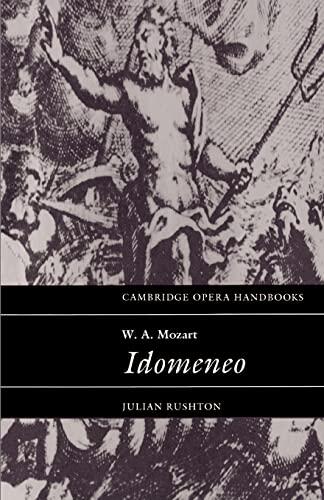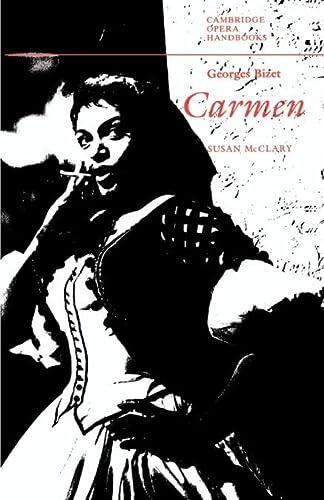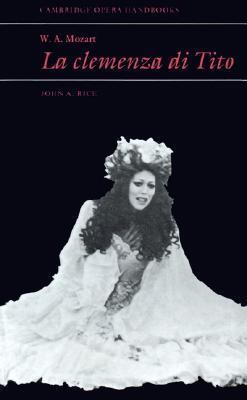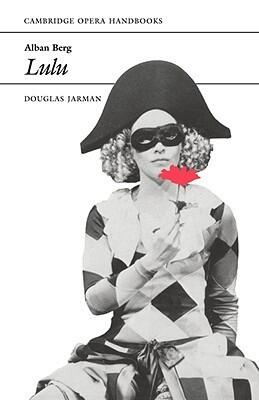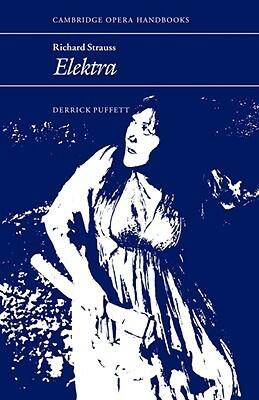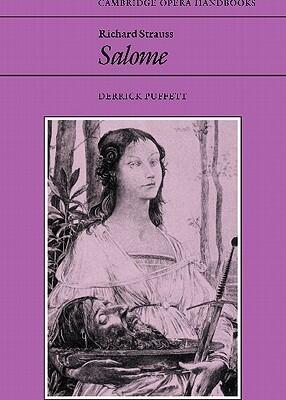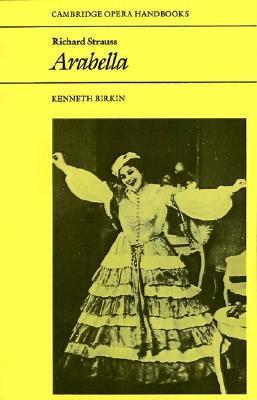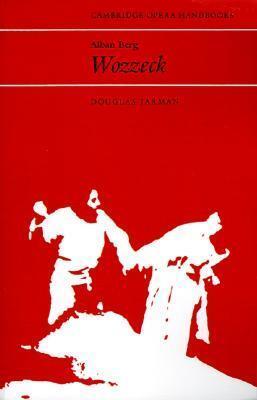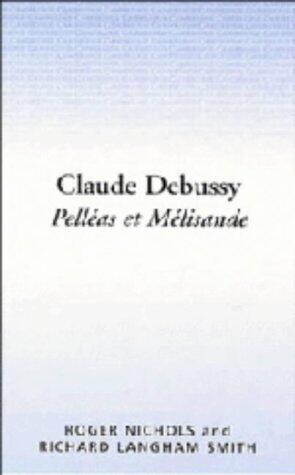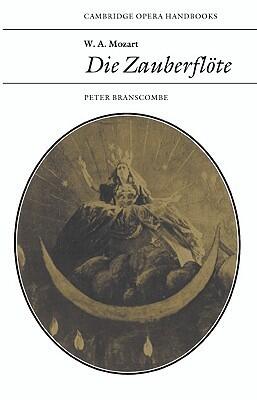
W. A. Mozart: Die Zauberflöte
还没有评分
History
格式
精装书
页数
262
语言
英语
已发布
May 31, 1991
出版商
Cambridge University Press
ISBN-10
052126491X
ISBN-13
9780521264914
描述
Peter Branscombe delves into the enchanting world of Mozart's most celebrated opera, exploring its intricate layers and rich historical context. "Die Zauberflöte," or "The Magic Flute," emerges as a masterpiece that transcends time, blending elements of fantasy with profound philosophical themes. This book offers an insightful examination of the opera's characters, music, and the cultural backdrop that shaped its creation.
Branscombe meticulously analyzes the opera’s narrative, revealing how Mozart intertwines humor with serious exploration of love, wisdom, and enlightenment. The vibrant characters, from the noble Tamino to the mystic Sarastro, come to life through Branscombe's adept commentary, inviting readers to appreciate the depth of their journeys. He also highlights the innovative use of symbolism, showing how each element serves a greater purpose within the opera's framework.
In addition to a detailed look at the libretto, the author provides a compelling discussion about the reception of "Die Zauberflöte" across the centuries. He addresses the challenges and misinterpretations that have often accompanied performances, emphasizing the opera's enduring relevance and its adaptability to different cultural contexts.
Overall, Branscombe’s work is a tribute to the genius of Mozart and a celebration of the operatic form, offering readers a comprehensive understanding of why "Die Zauberflöte" remains a beloved cornerstone of the operatic repertoire.
Branscombe meticulously analyzes the opera’s narrative, revealing how Mozart intertwines humor with serious exploration of love, wisdom, and enlightenment. The vibrant characters, from the noble Tamino to the mystic Sarastro, come to life through Branscombe's adept commentary, inviting readers to appreciate the depth of their journeys. He also highlights the innovative use of symbolism, showing how each element serves a greater purpose within the opera's framework.
In addition to a detailed look at the libretto, the author provides a compelling discussion about the reception of "Die Zauberflöte" across the centuries. He addresses the challenges and misinterpretations that have often accompanied performances, emphasizing the opera's enduring relevance and its adaptability to different cultural contexts.
Overall, Branscombe’s work is a tribute to the genius of Mozart and a celebration of the operatic form, offering readers a comprehensive understanding of why "Die Zauberflöte" remains a beloved cornerstone of the operatic repertoire.
